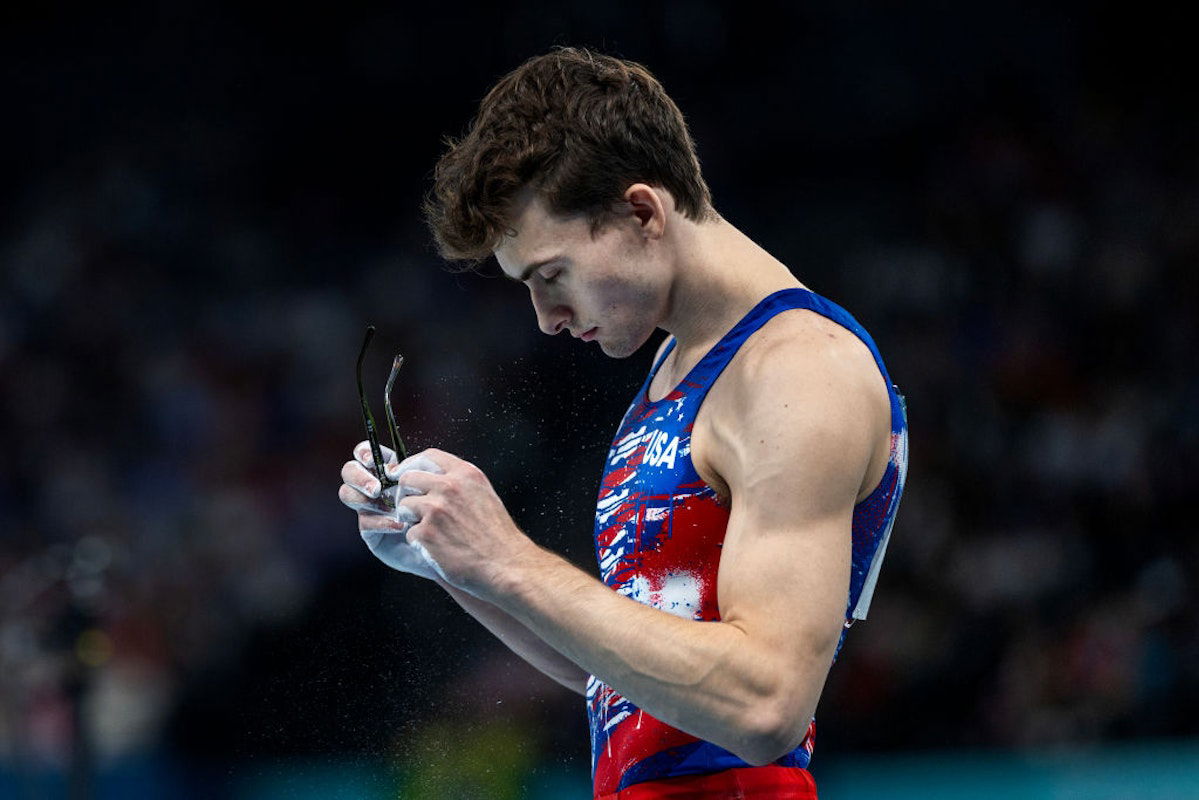
Imago
Credit: Instagram/ Stephen Nedoroscik

Imago
Credit: Instagram/ Stephen Nedoroscik
For most gymnasts, the biggest hurdles are the grueling training hours, the injuries, or the high-stakes competitions. But for Stephen Nedoroscik, a two-time Olympic medalist, one of the biggest battles he faces is with his vision. Have you ever imagined competing at the highest level while seeing double or struggling with light sensitivity?
Watch What’s Trending Now!
Nedoroscik, known for his remarkable performances on the pommel horse, faces an invisible struggle, he has two eye conditions, strabismus and coloboma. These conditions affect his vision and depth perception, making his achievements even more extraordinary. Strabismus, commonly known as crossed eyes, causes the eyes to point in different directions, leading to double vision. Coloboma, on the other hand, involves missing eye tissue, which can result in vision loss and extreme sensitivity to light. These conditions mean that for Nedoroscik, every twist, turn, and landing is an extra challenge.
In a recent episode of Sherri on YouTube, he opened up about these struggles, saying, “I have strabismus, which is when one of your eyes turns inward, and I also have coloboma. Both of those do affect my training a lot. I’m very sensitive to light, so a lot of arenas and stuff will be in my face, and it’s very uncomfortable at times. But it’s one of those things I’ve gone through this life.”
ADVERTISEMENT

Reuters
Paris 2024 Olympics – Artistic Gymnastics – Men’s Pommel Horse Final – Bercy Arena, Paris, France – August 03, 2024. Stephen Nedoroscik of United States in action. REUTERS/Hannah Mckay
Gymnastics requires precision, balance, and split-second decisions. But when your vision isn’t stable, every movement becomes a test of resilience. Nedoroscik has to adapt his training to compensate for depth perception challenges. Spotting his landing, adjusting his balance, and executing perfect routines, all this becomes twice as hard when your eyes don’t align the way they should.
His story isn’t just about gymnastics, it’s about overcoming invisible obstacles as well. His journey serves as inspiration for athletes and non-athletes alike, proving that limitations don’t define success. And he does not just prove this on the competition floor, but through his dance moves as well.
ADVERTISEMENT
From Olympic gold to the dance floor, Stephen Nedoroscik’s remarkable journey
Beyond the world of gymnastics, Nedoroscik took on another unexpected challenge. Competing on the popular show Dancing with the Stars, he swapped his pommel horse routines for graceful ballroom movements. Paired with professional dancer Rylee Arnold, he stunned audiences with a gymnastics-infused freestyle to Coldplay’s Viva La Vida and secured fourth place for himself in the finale.
ADVERTISEMENT
His journey on the dance floor wasn’t easy. Reflecting on the experience, he shared, “It is unbelievably difficult and I mean I had the time of my life but that transitional period from like, I’m an Olympian to suddenly, I’m the worst dancer ever and I need to impress millions of people”. Despite the steep learning curve, he embraced the opportunity with the same resilience he showed in gymnastics. His redemption quickstep to I’ll Be There for You wrapped up his season on a high note, proving his ability to adapt and shine in new arenas.
Despite having so many achievements, many fans may not be aware of the silent struggles Nedoroscik faces every day. Unlike a visible injury, eye conditions don’t show up in highlight reels or podium celebrations. But they’re there, affecting every practice session, every competition, every moment under the bright arena lights. Yet, he continues to defy the odds. His story reminds us that sports are not just about physical strength but also about mental toughness and adaptability. Stephen Nedoroscik’s journey is a powerful reminder that the toughest battles are often the ones nobody sees!
Top Stories
Forced to Leave FOX, Cowboys Legend Troy Aikman Says ESPN Is Like ‘U.S. Government’ & Clearly Distinguishes the Two Networks

Todd Bowles Points Fingers at Baker Mayfield & Co. in a Strong Statement That Could Get Him Punished After Bucs Loss
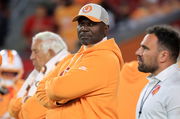
What Settlement Agreement Have Michael Jordan & NASCAR Reached? Everything to Know From Evergreen Charters to Payout
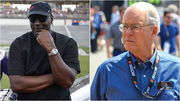
Arthur Blank Makes Firing Decision on Raheem Morris After Falcons HC Lands on Hot Seat
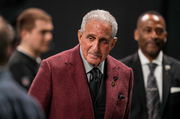
Cowboys Legend Troy Aikman Teases NFL Comeback After Airing FOX’s Dirty Laundry
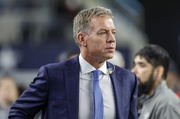
Charley Hull Opens Up on Traumatic Divorce from Ex-Husband for the First Time Ever
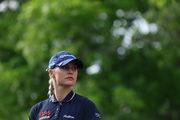
ADVERTISEMENT
ADVERTISEMENT
ADVERTISEMENT

